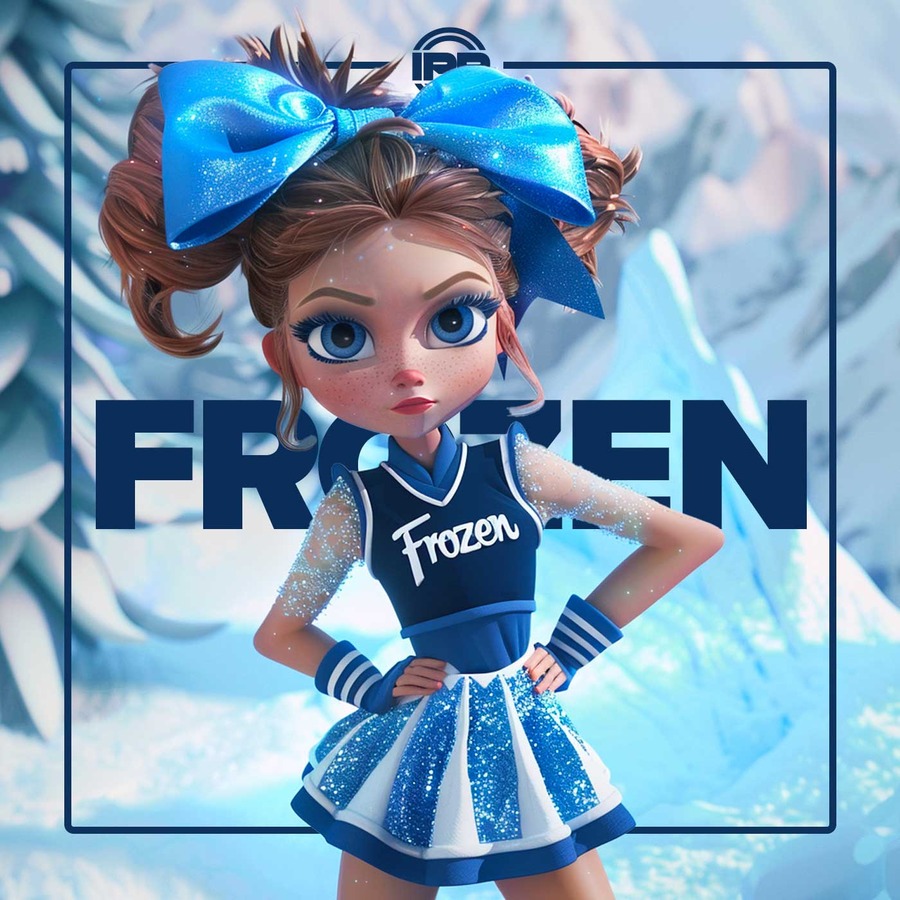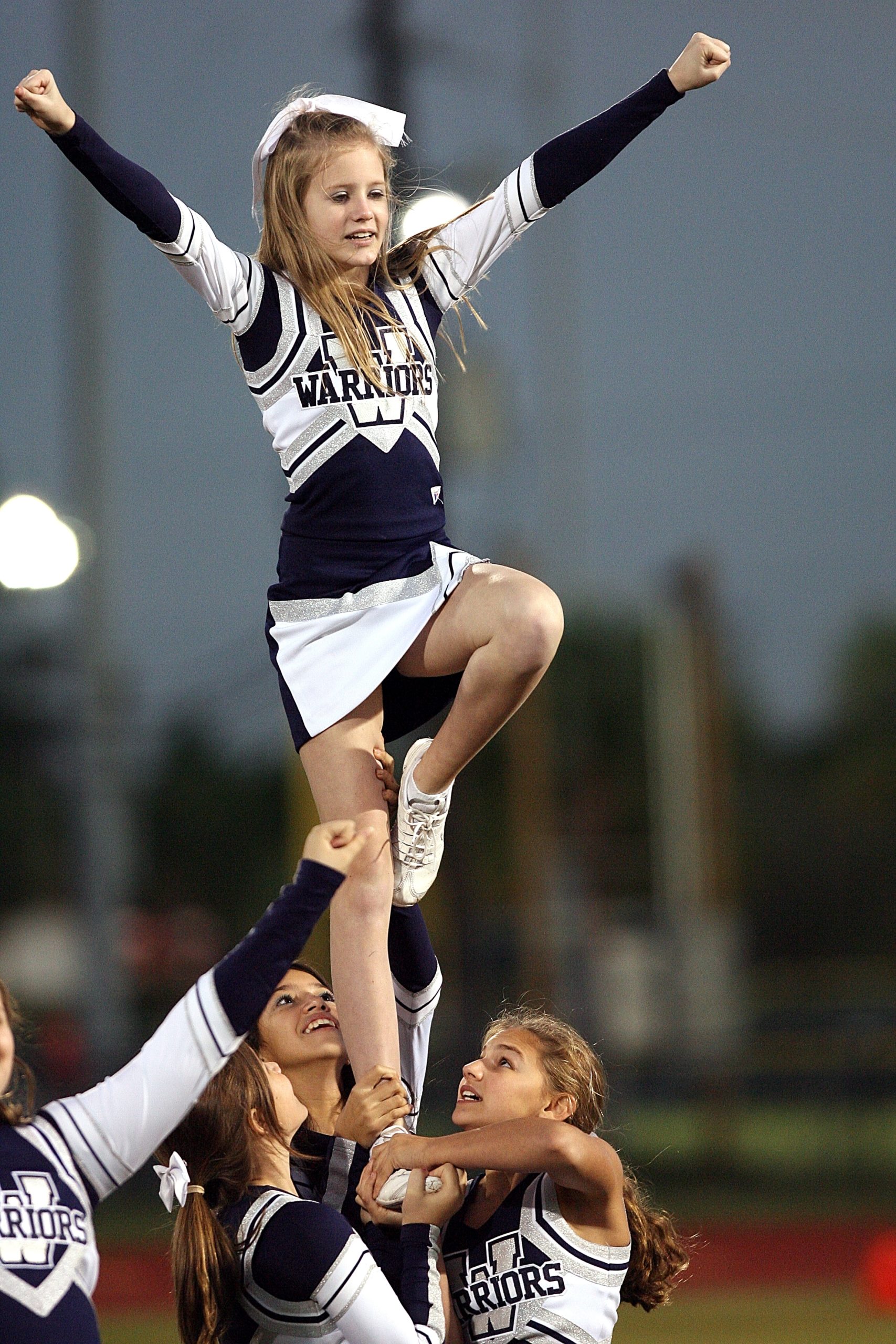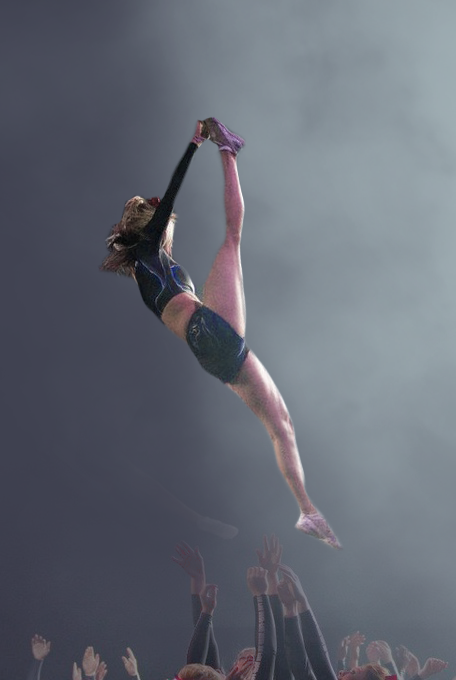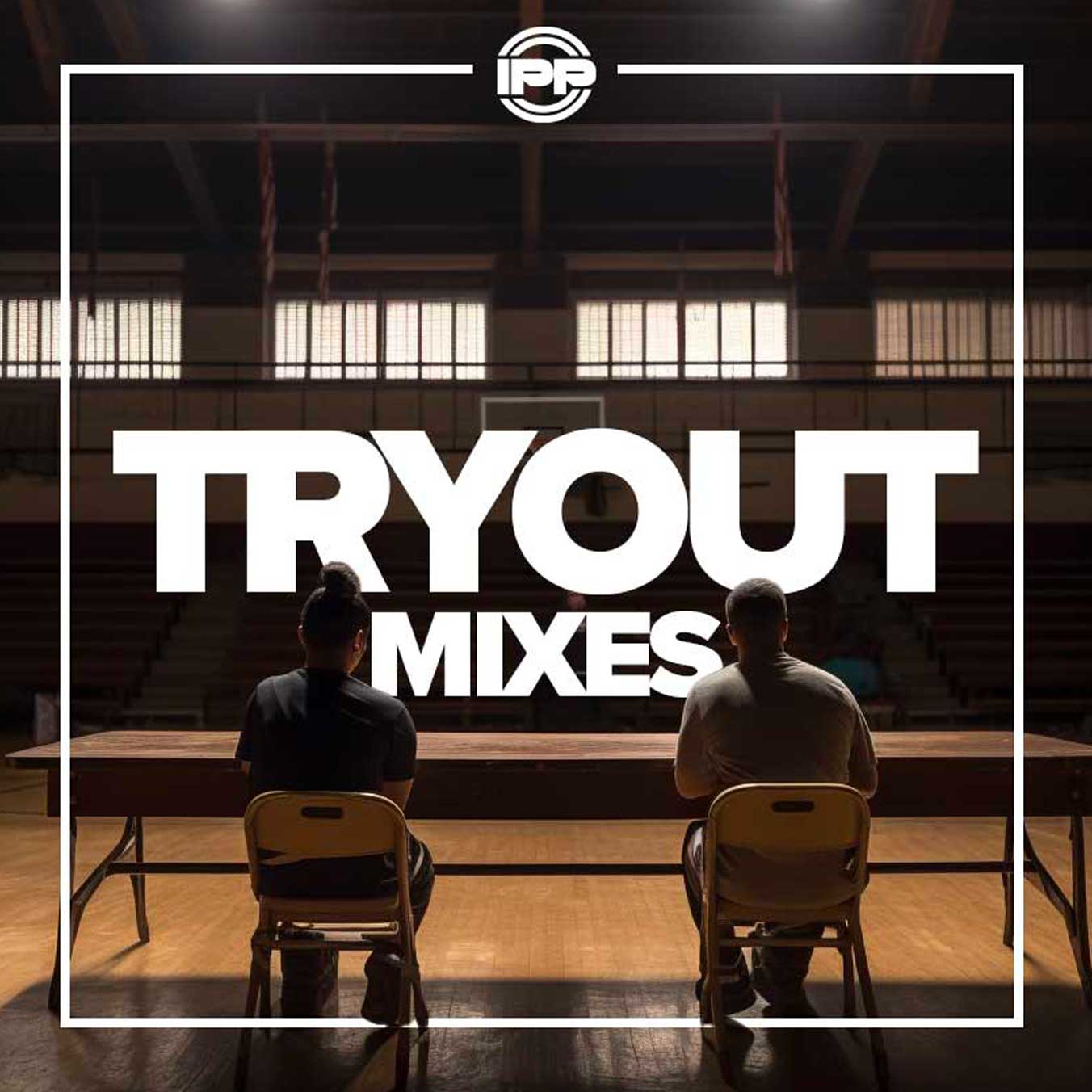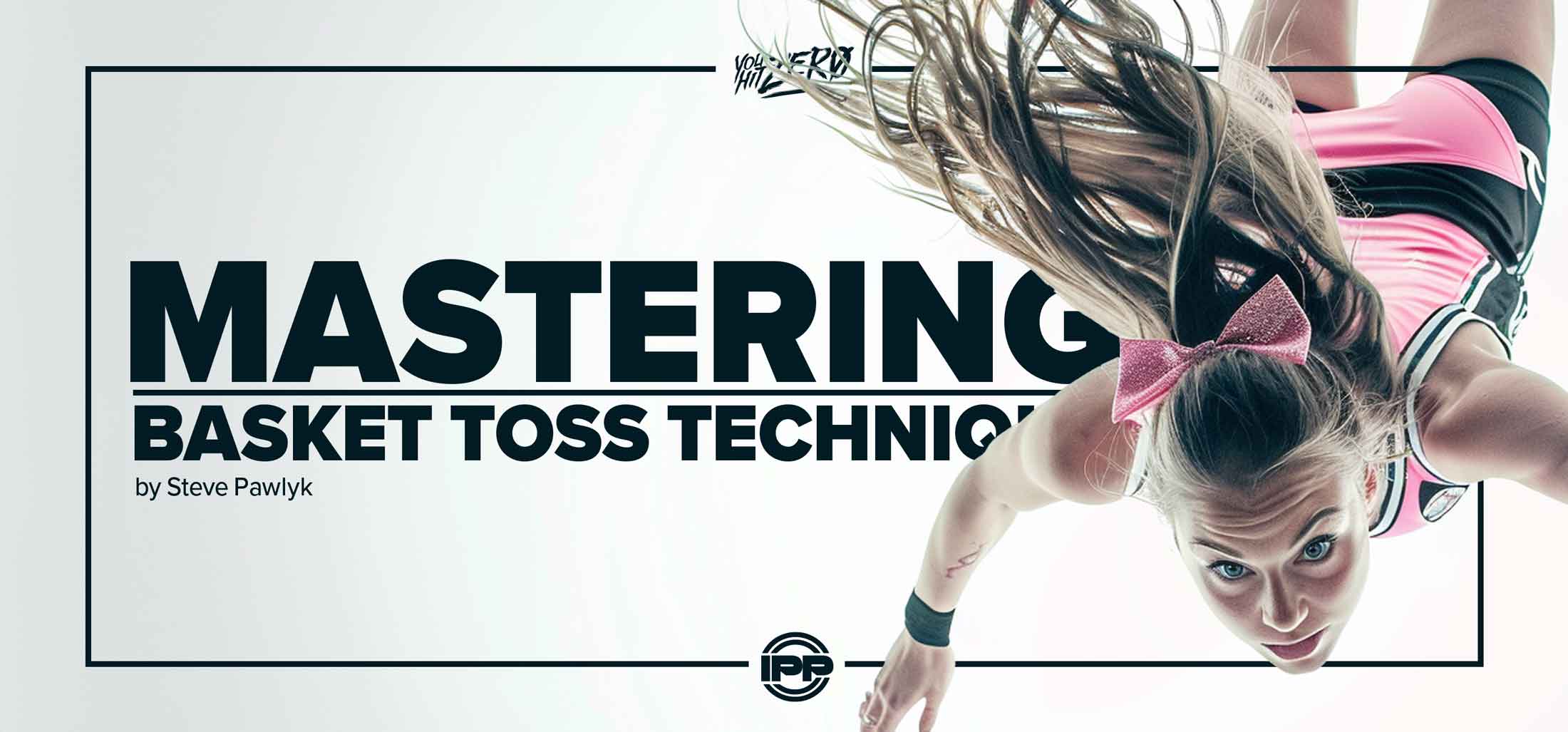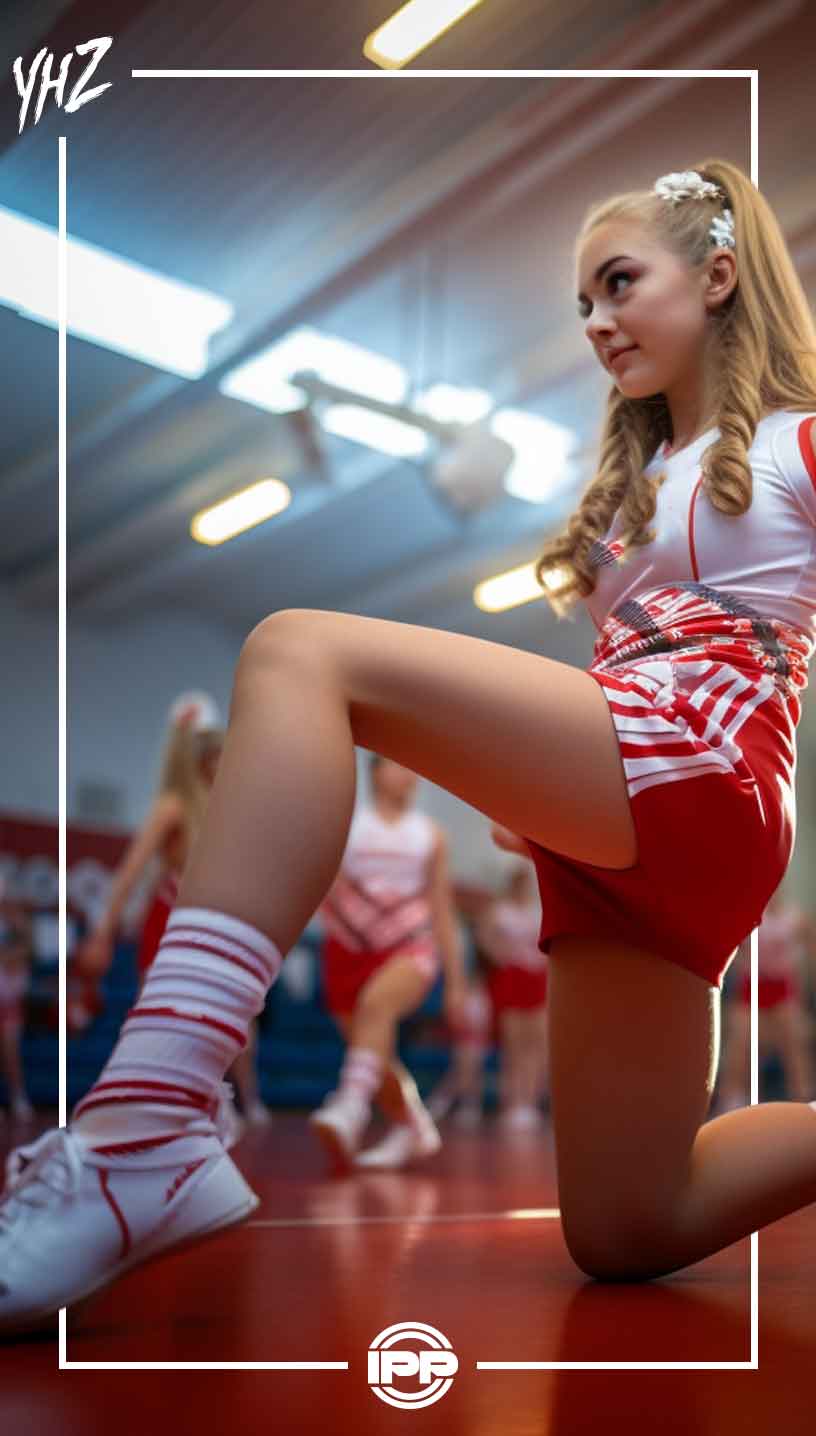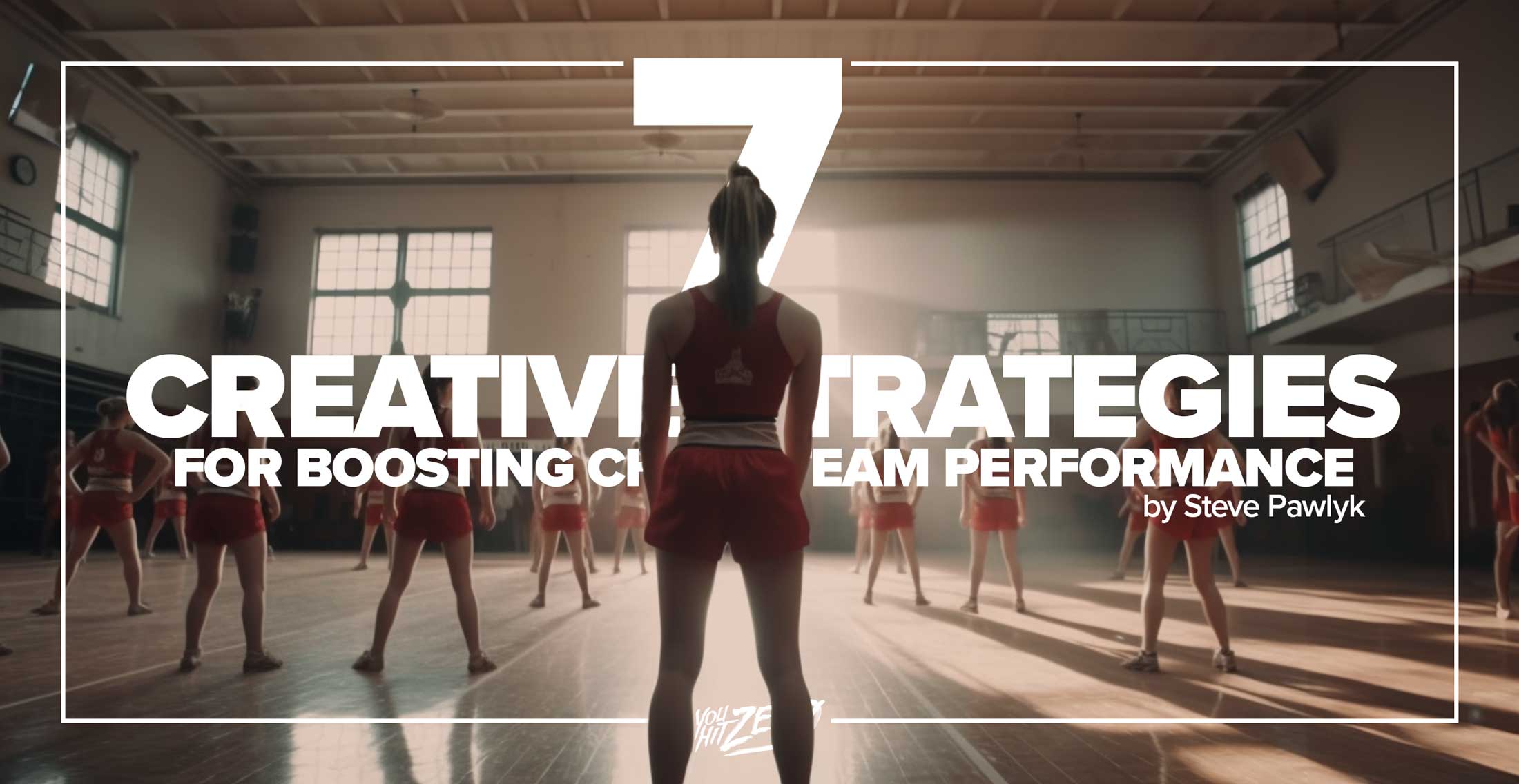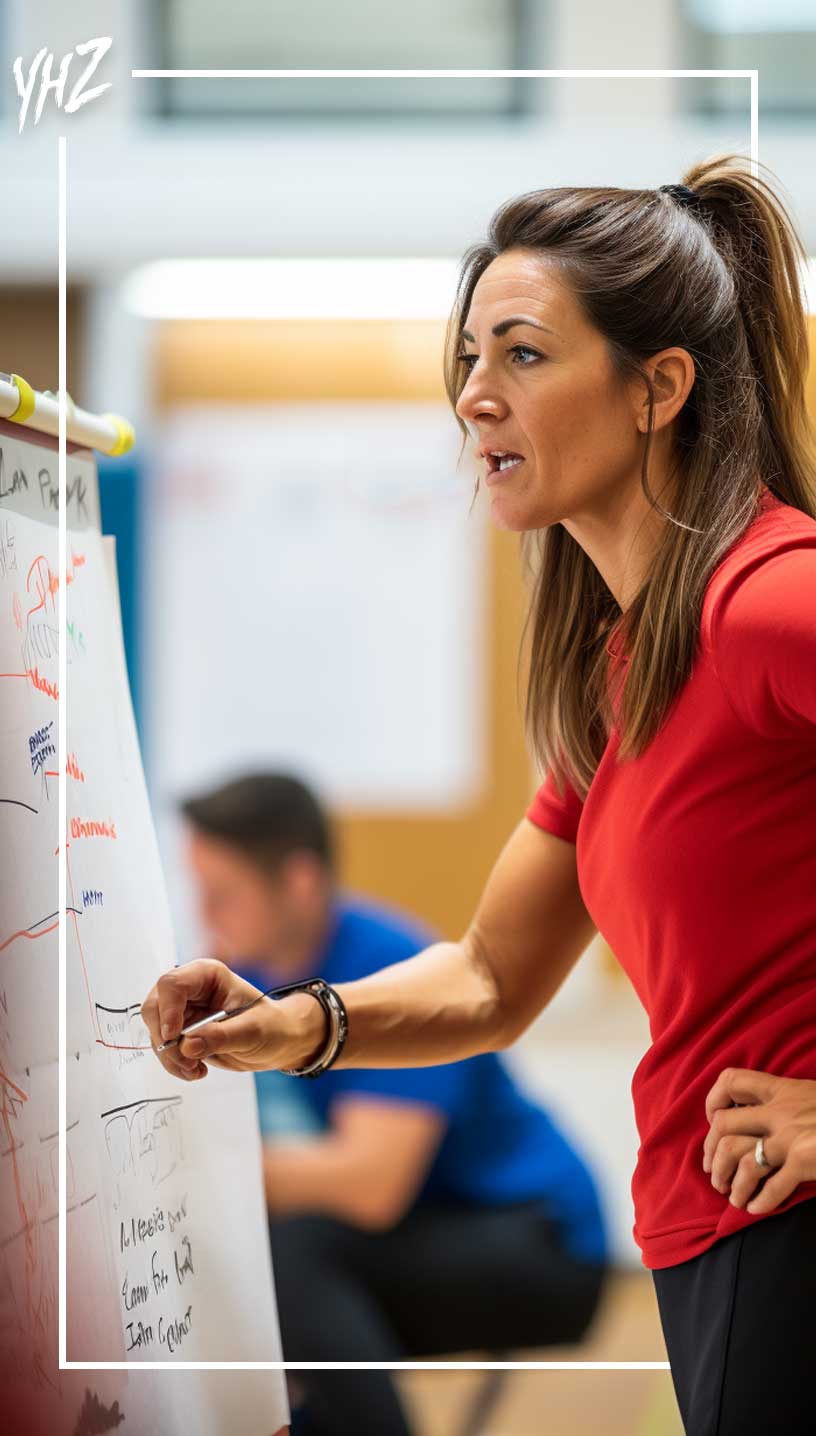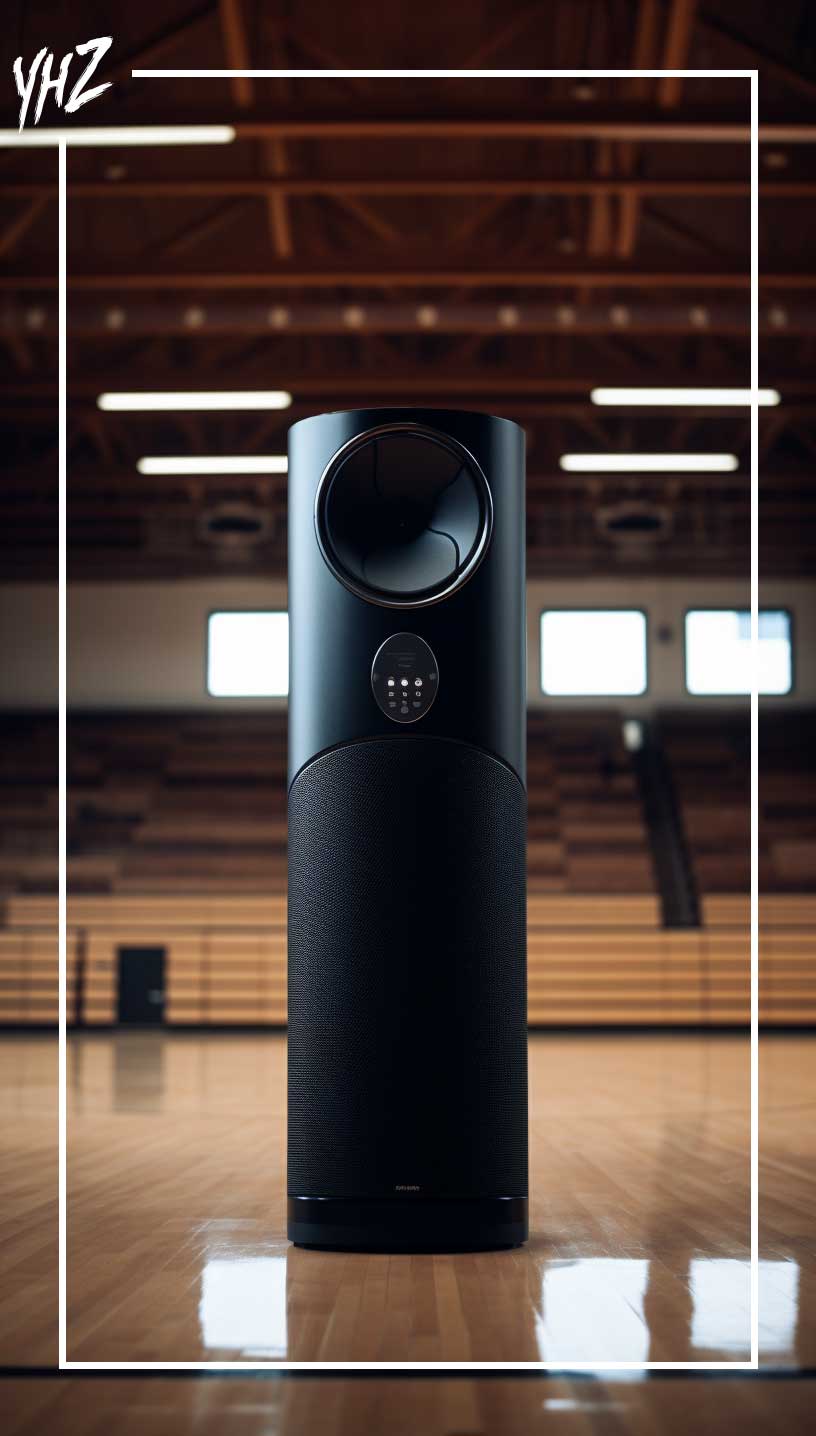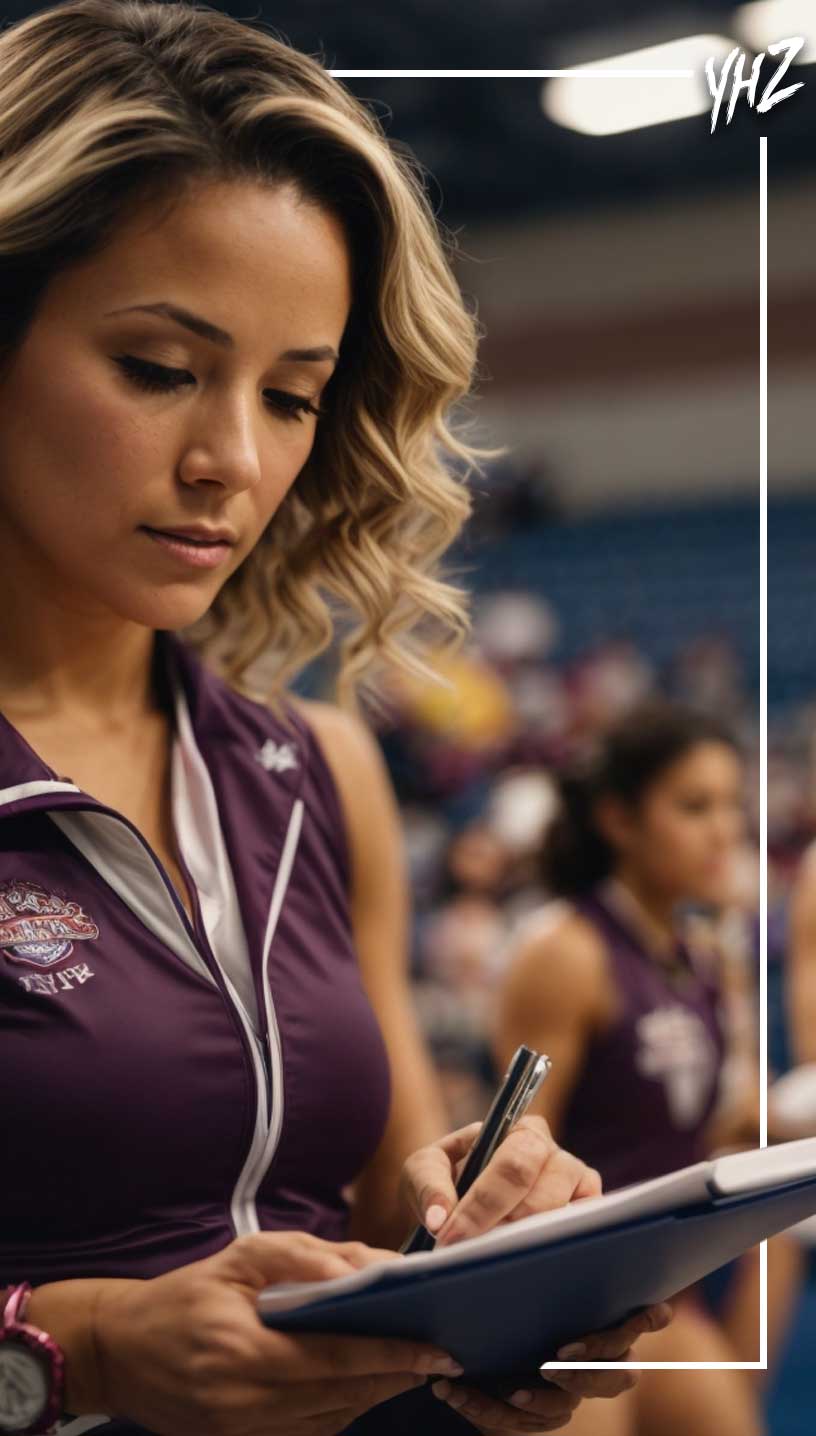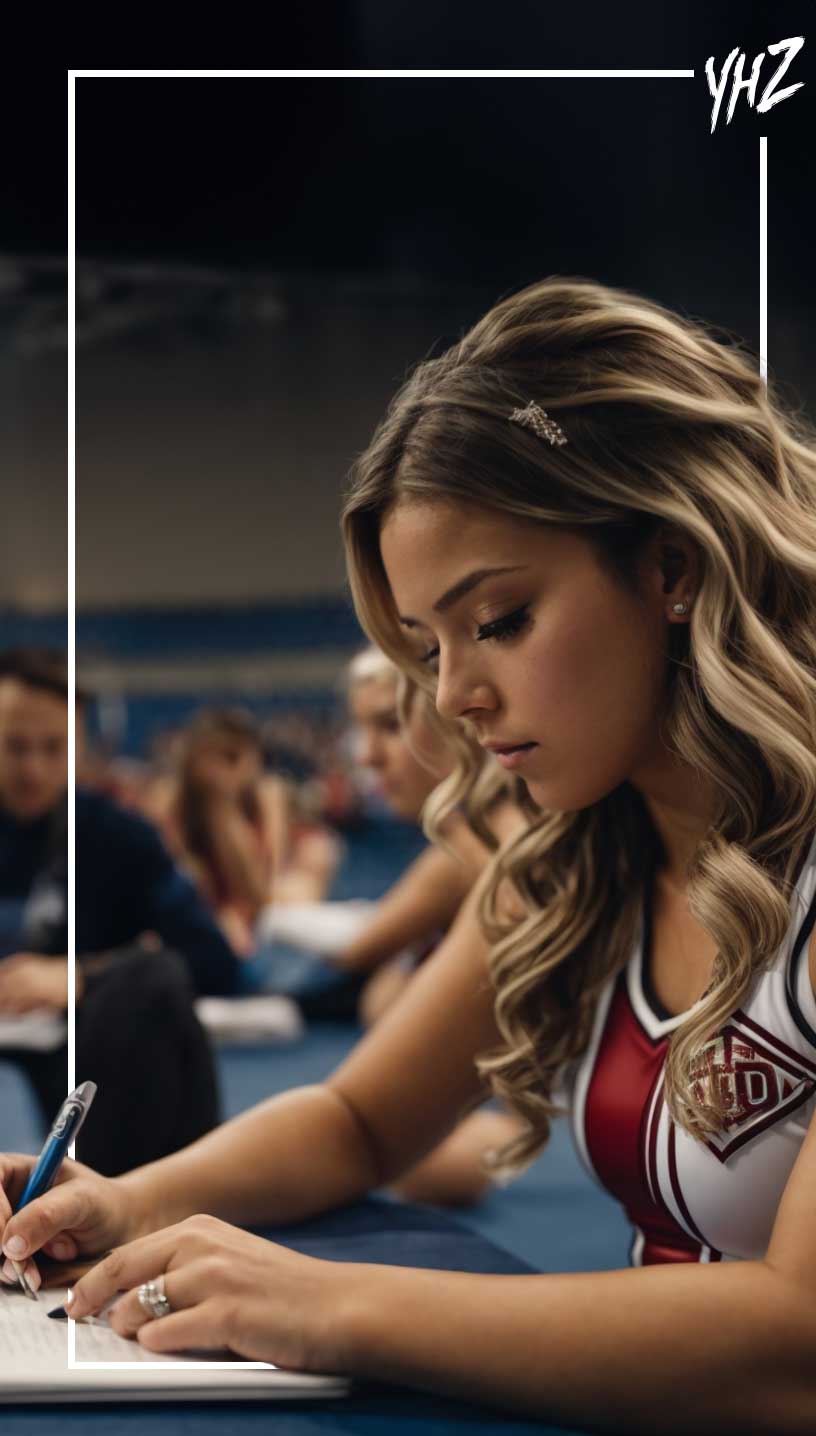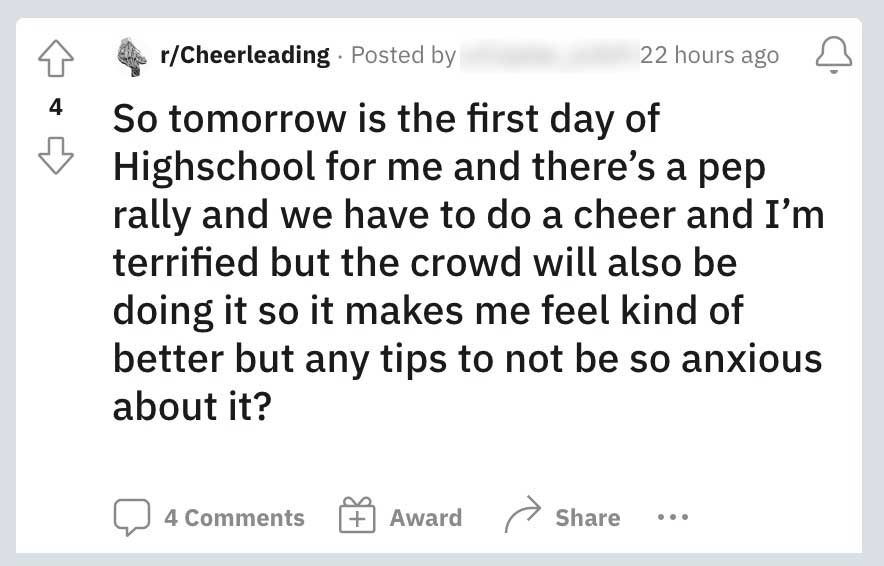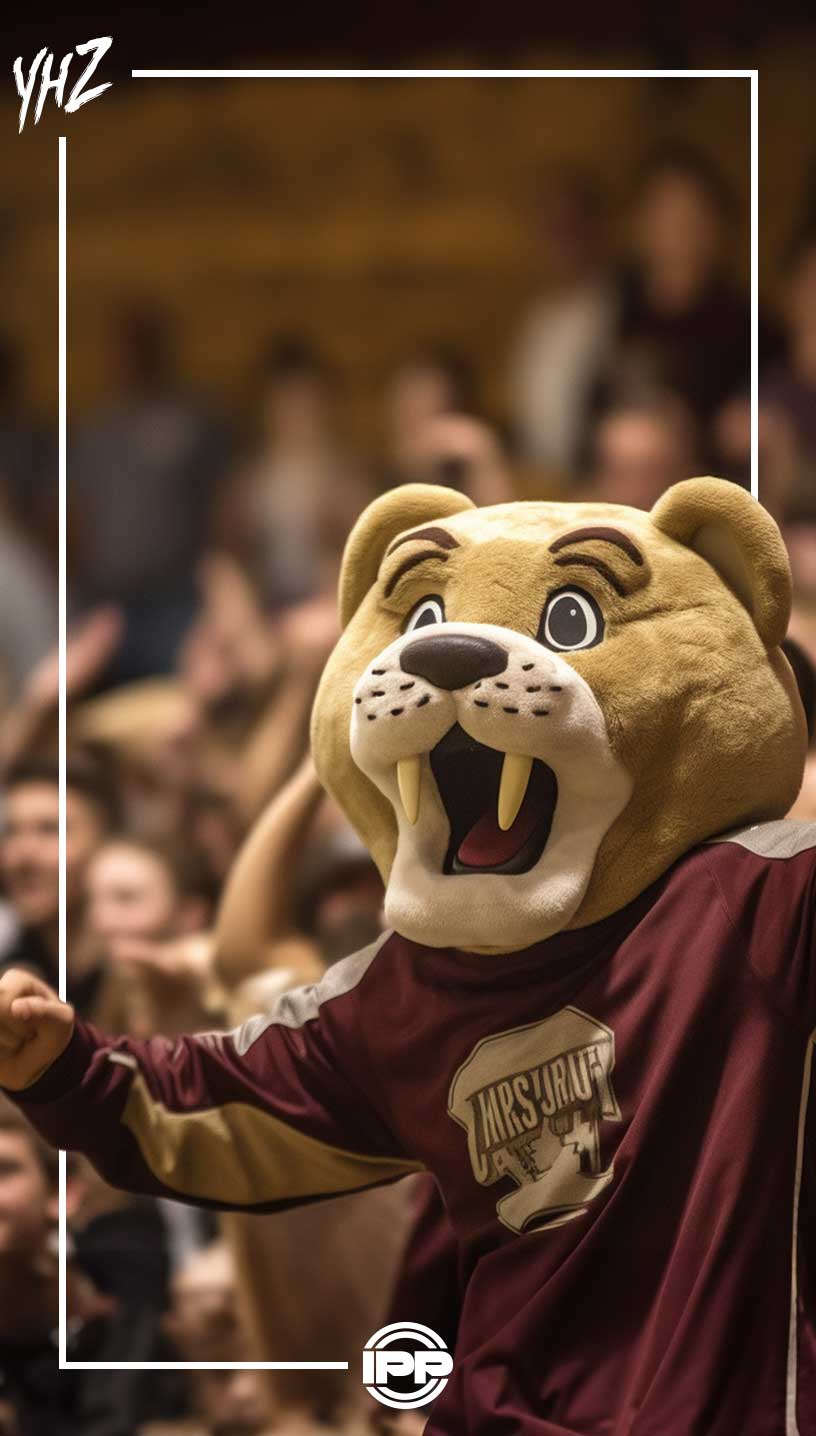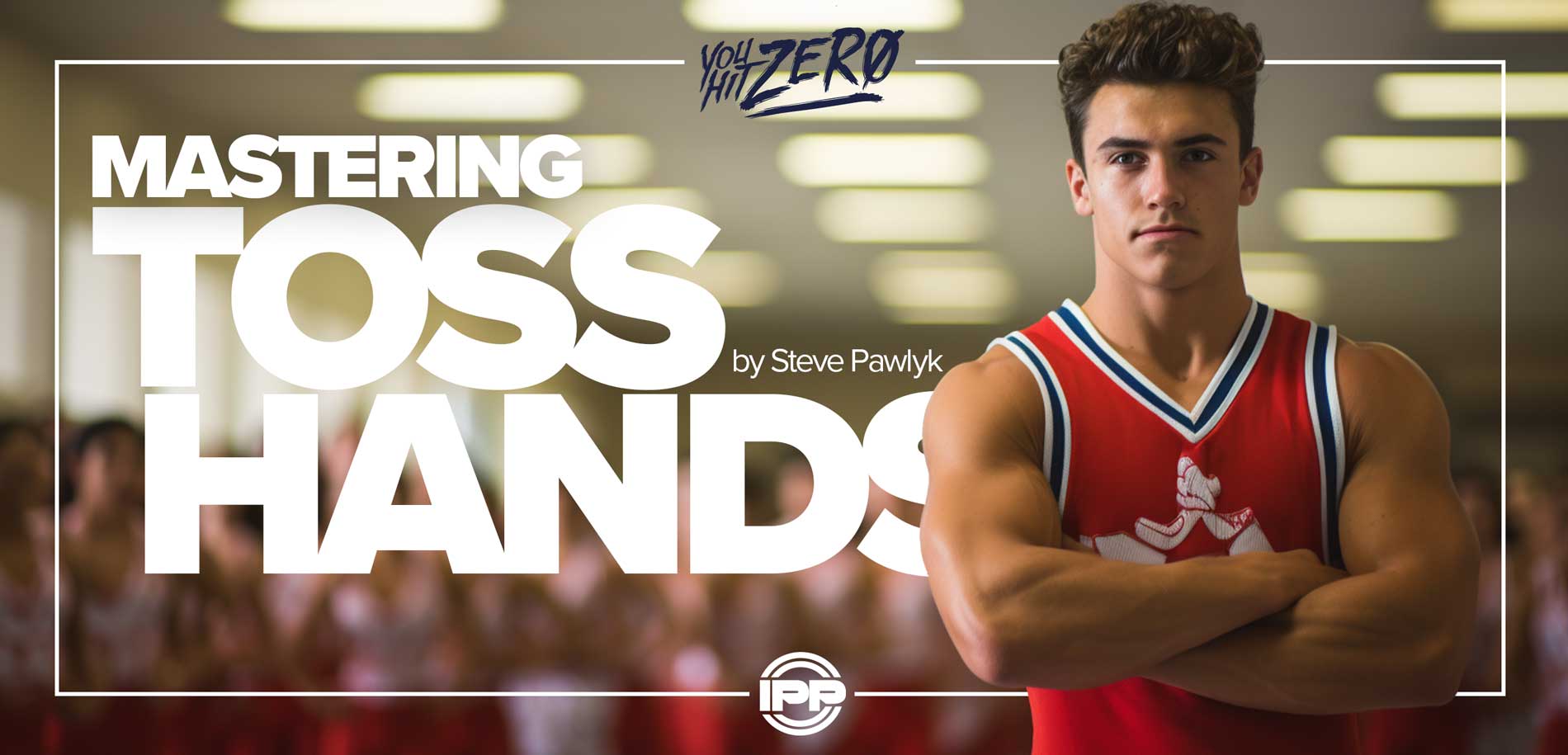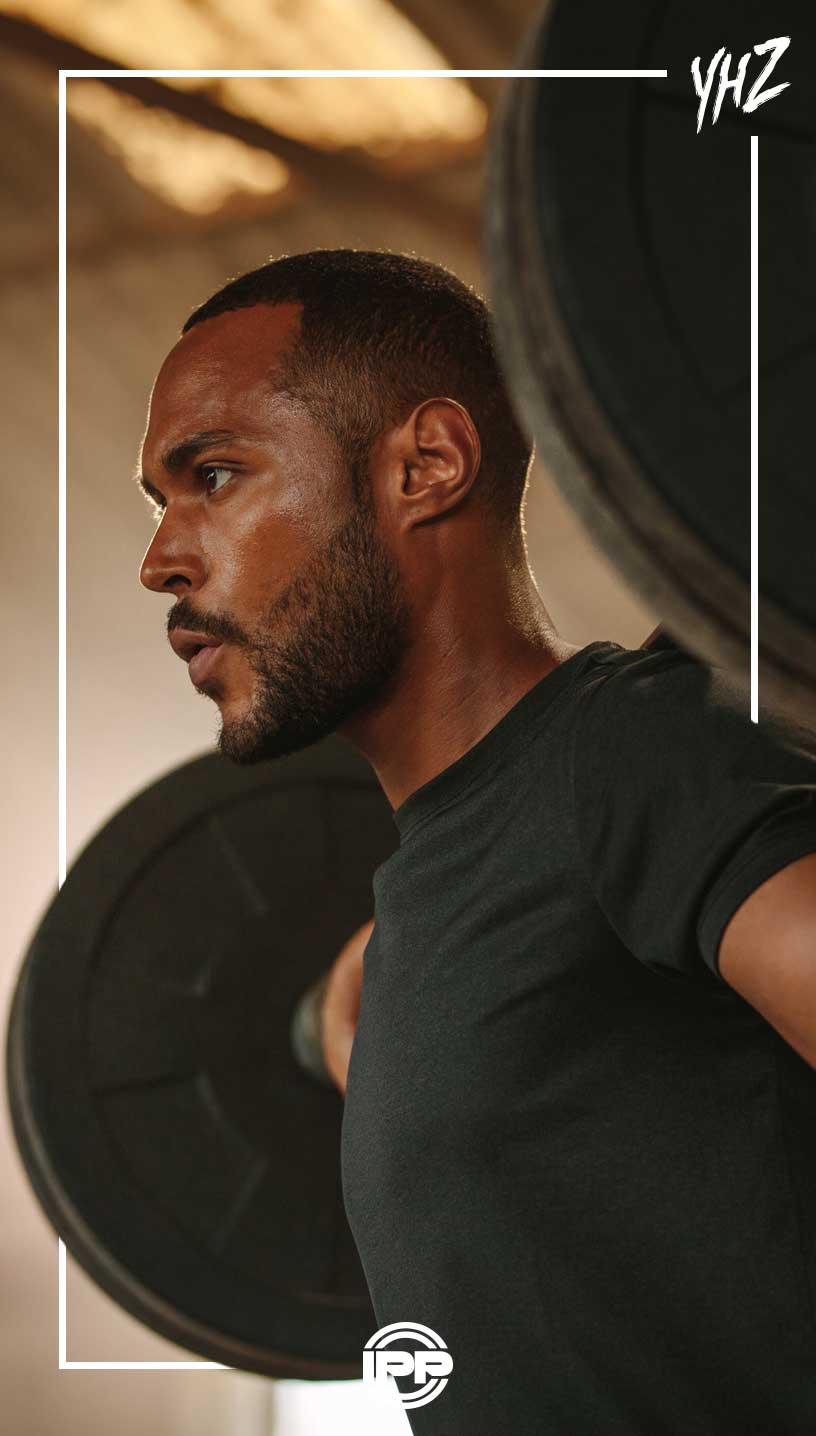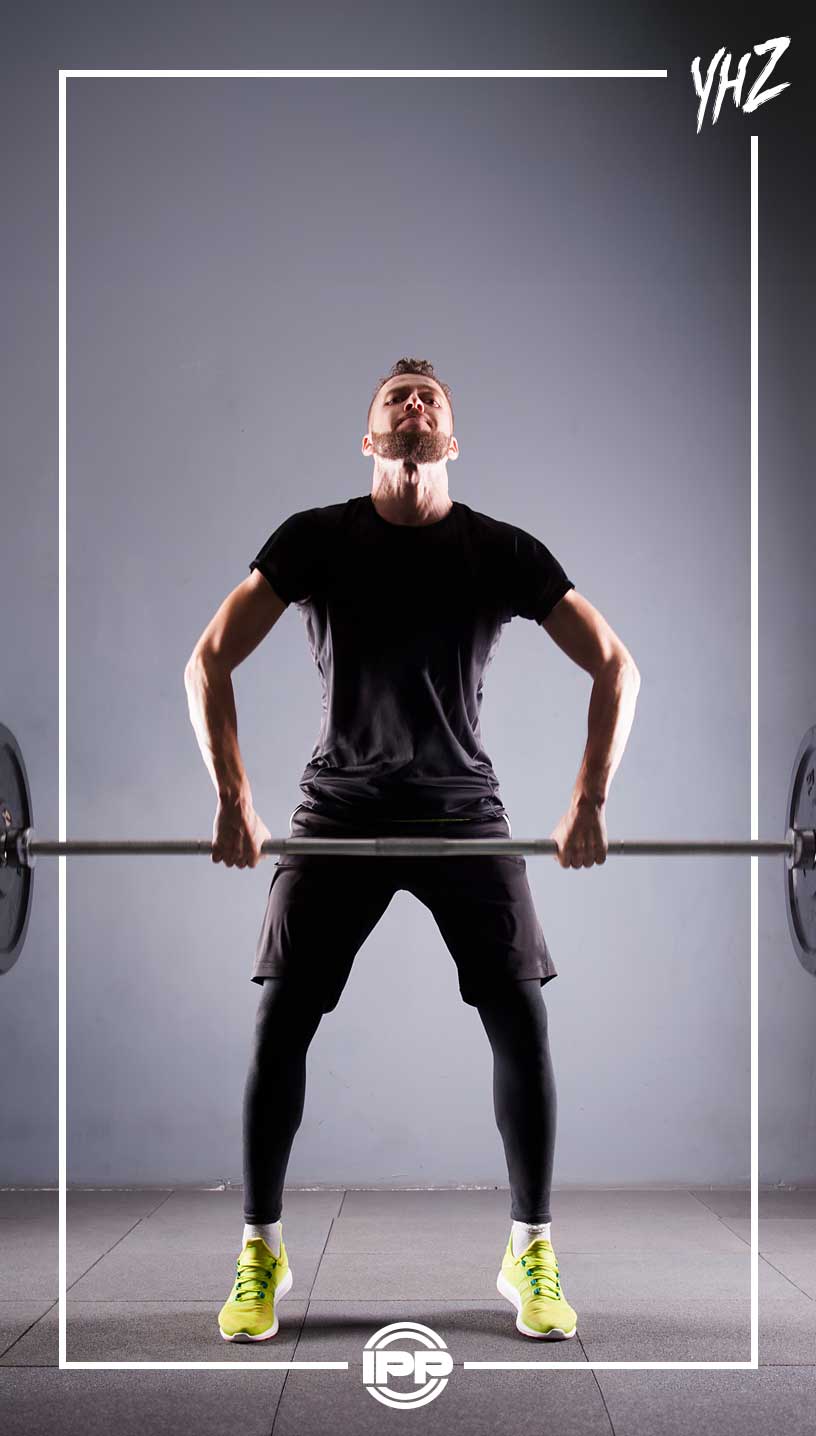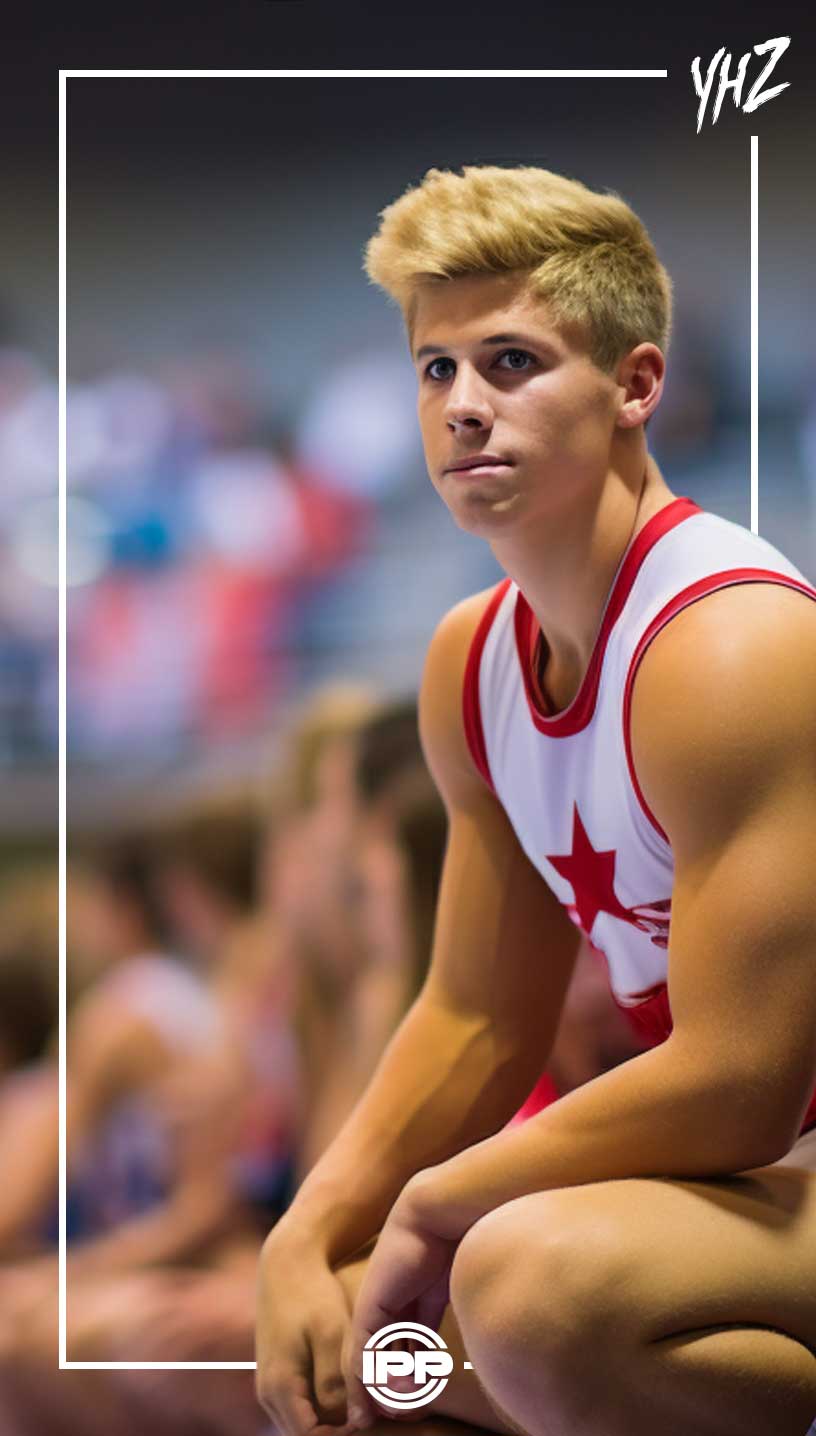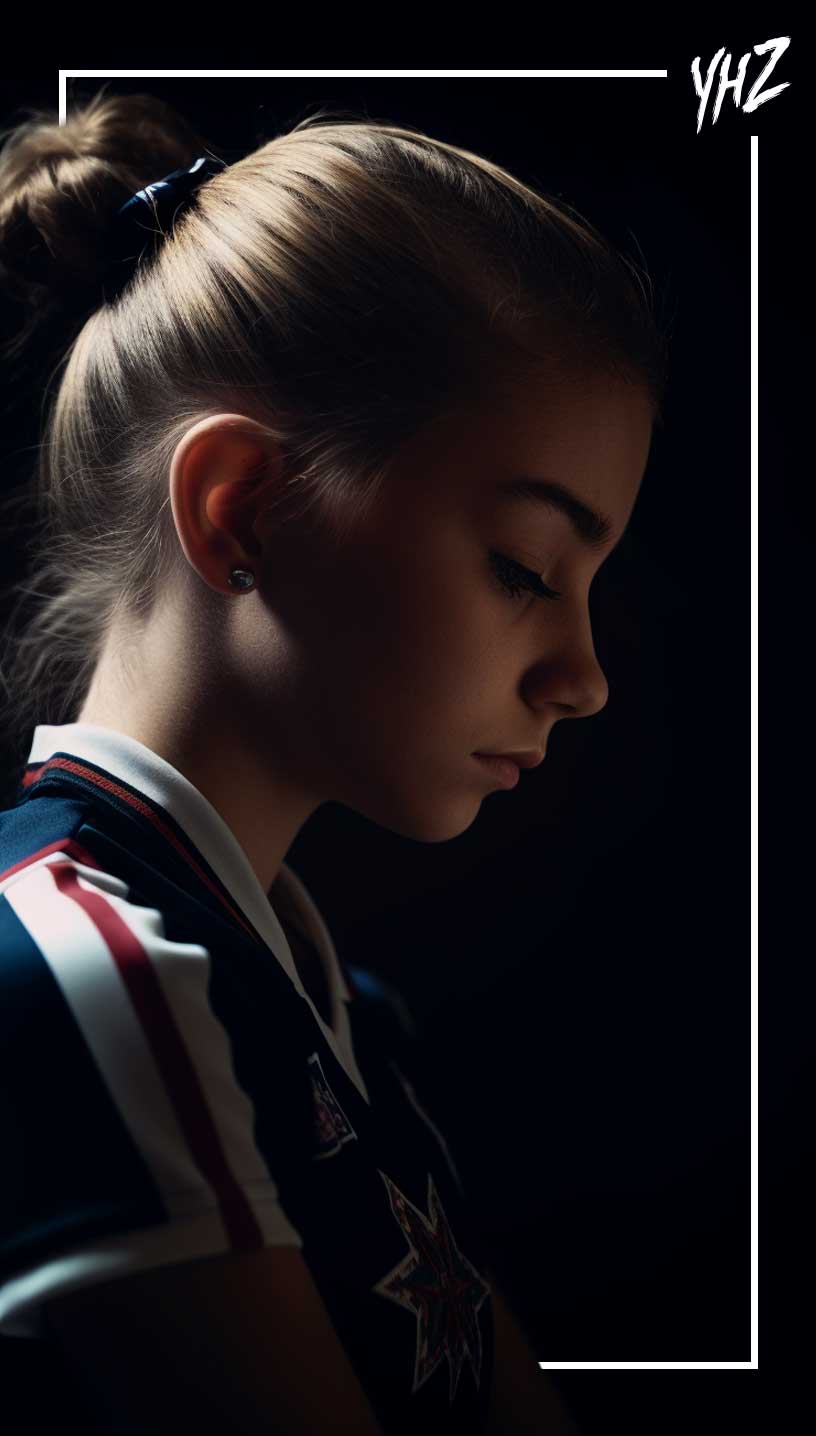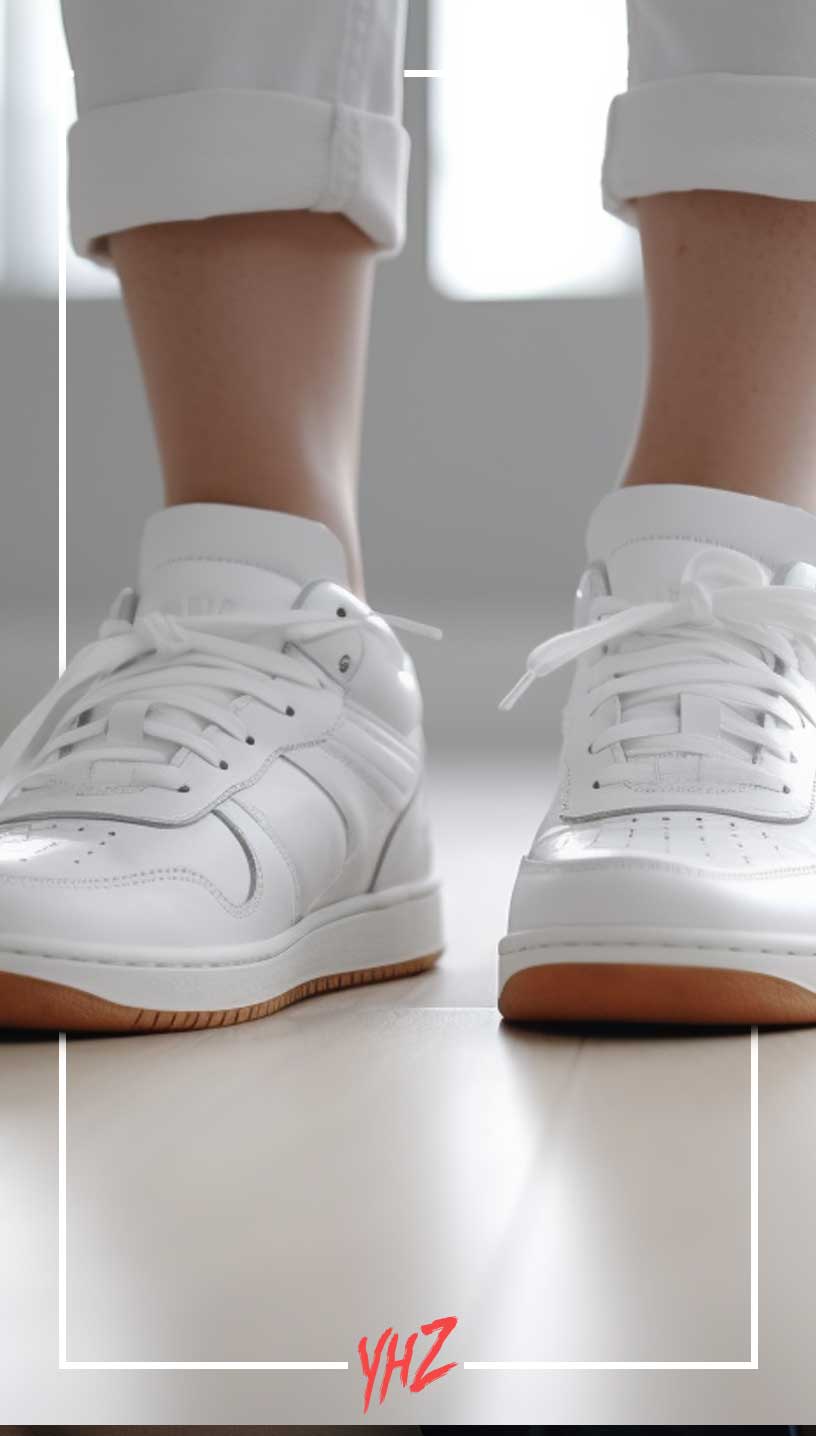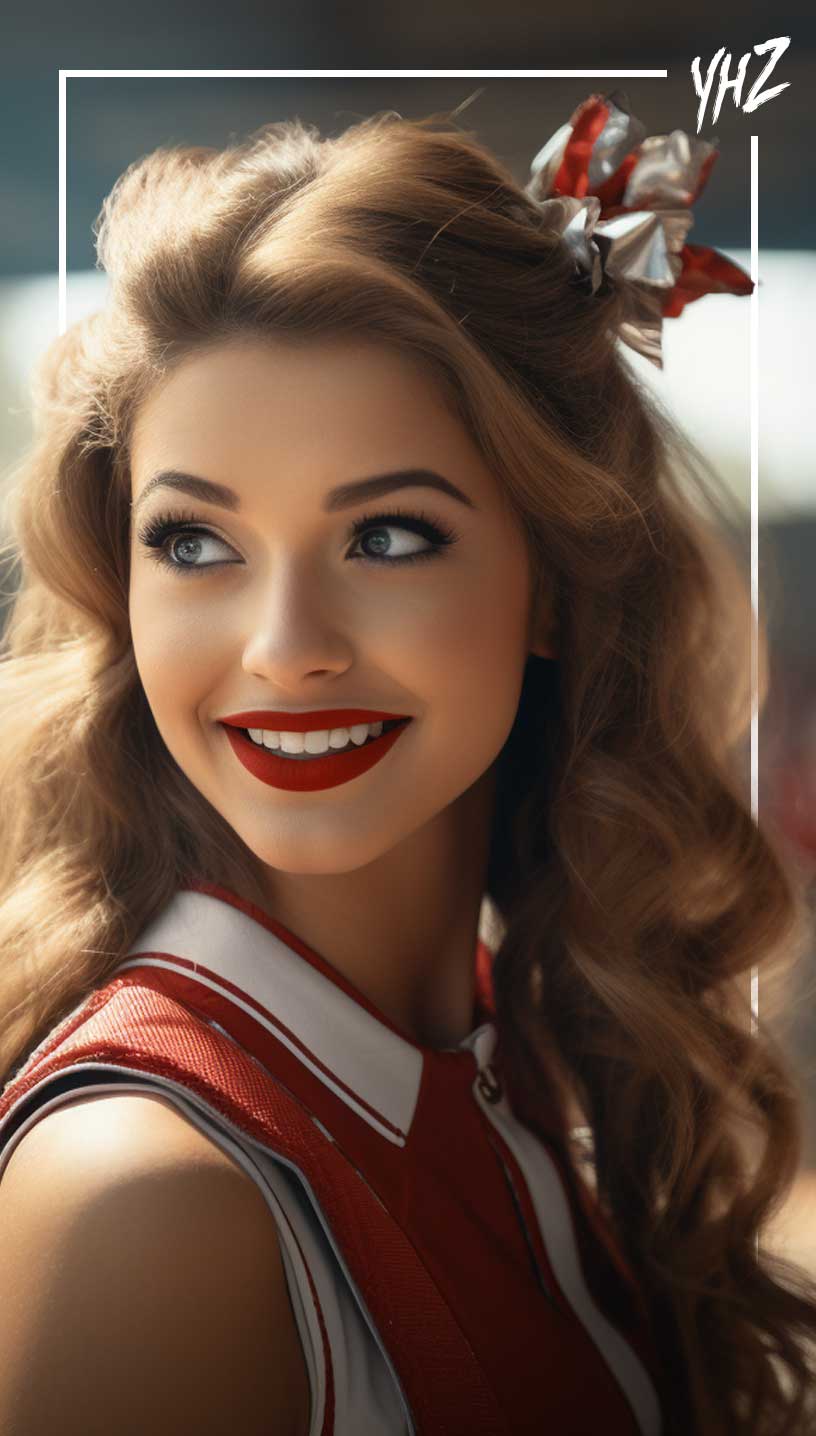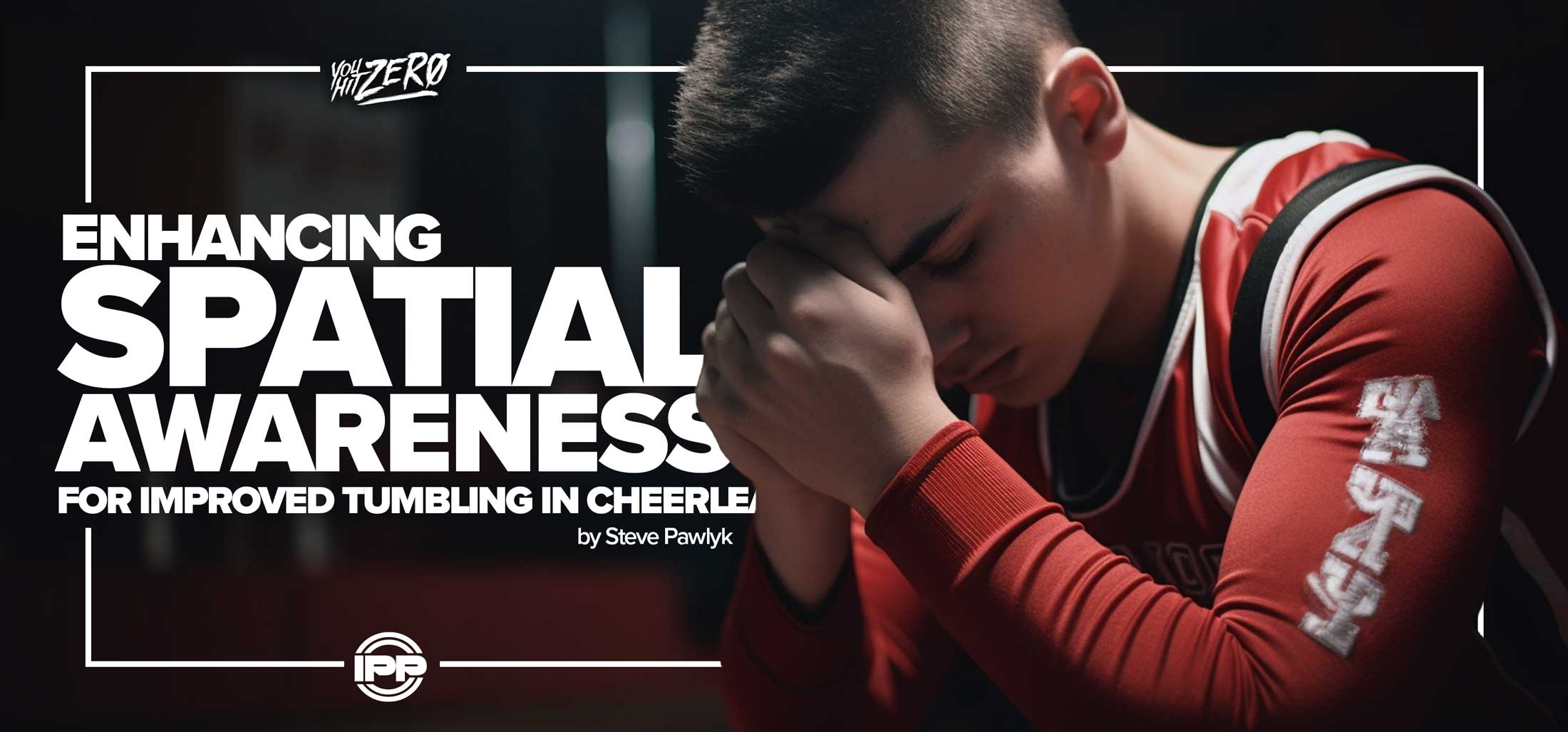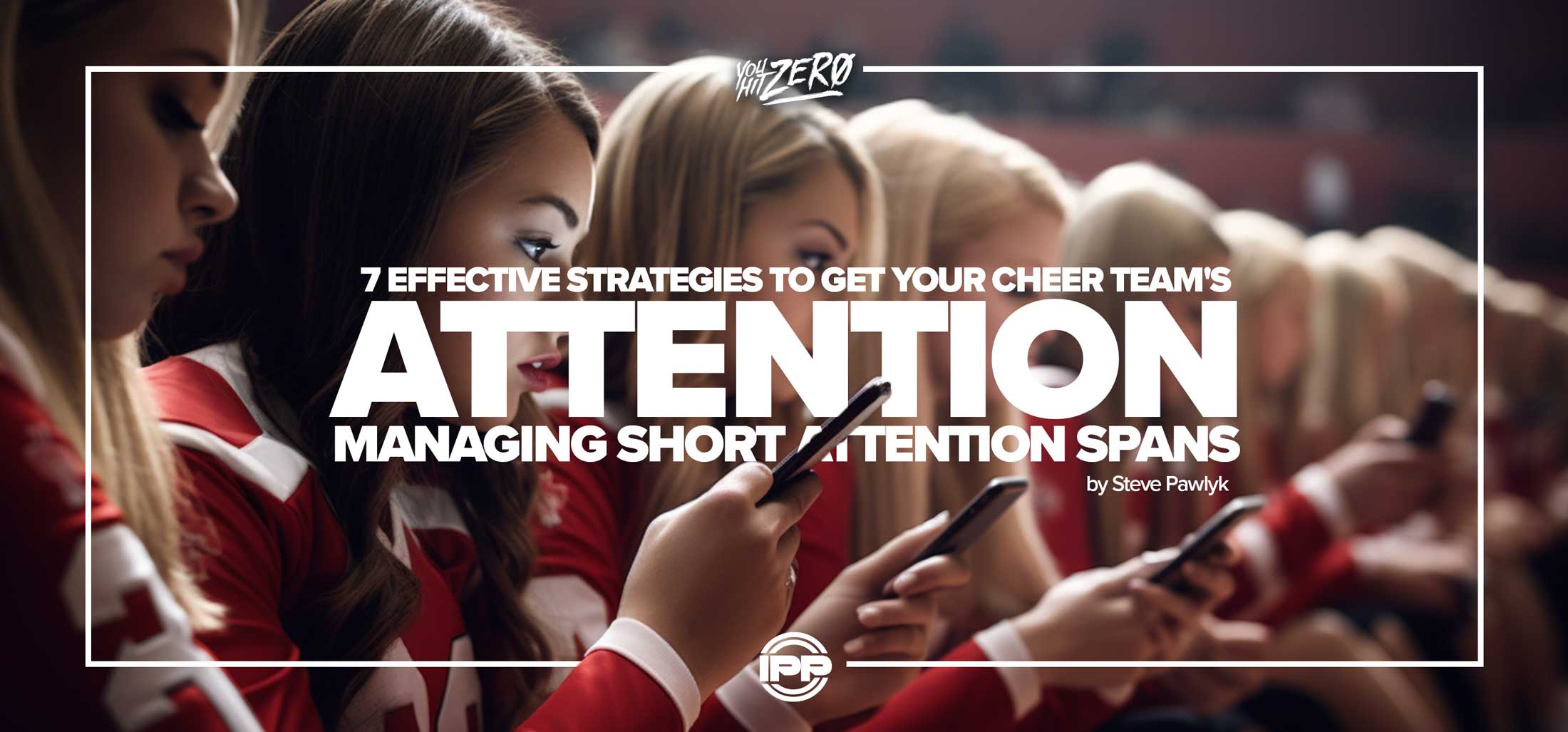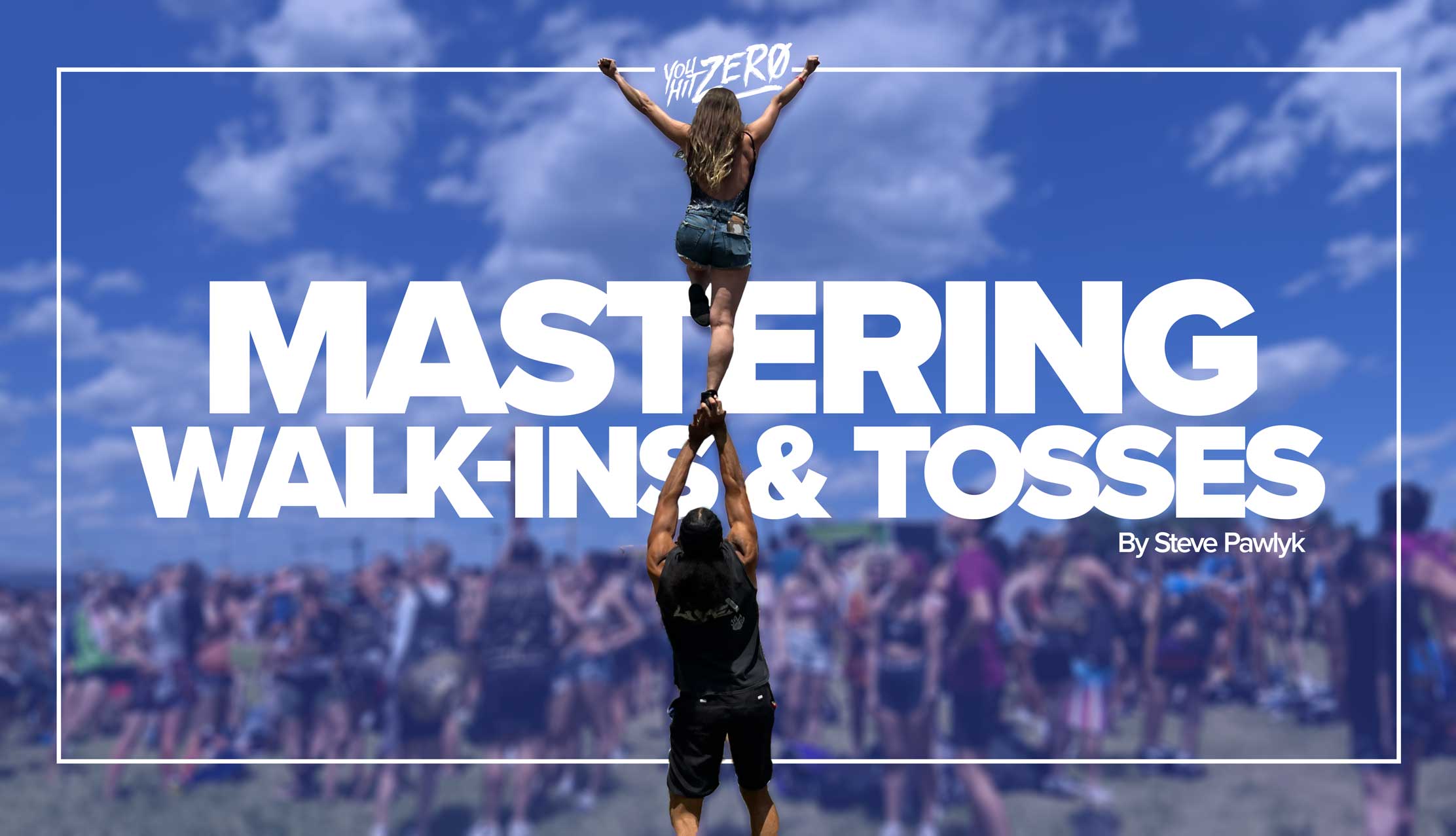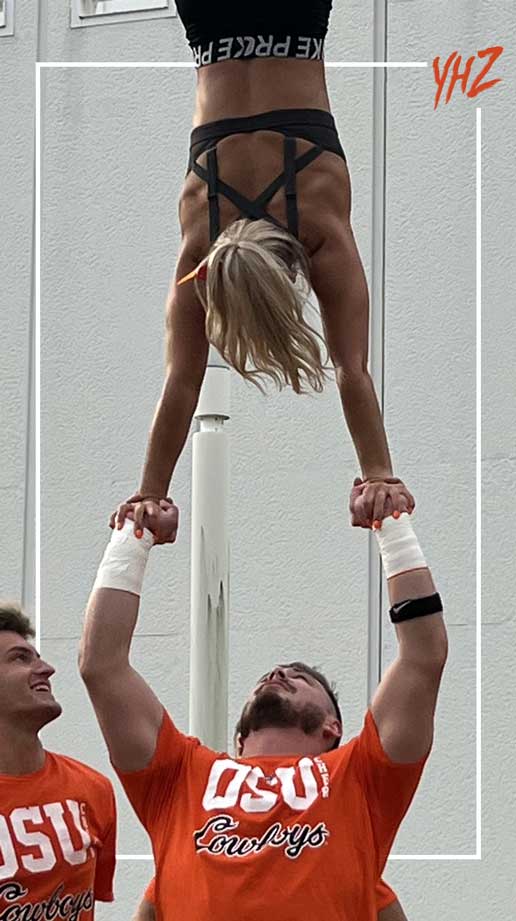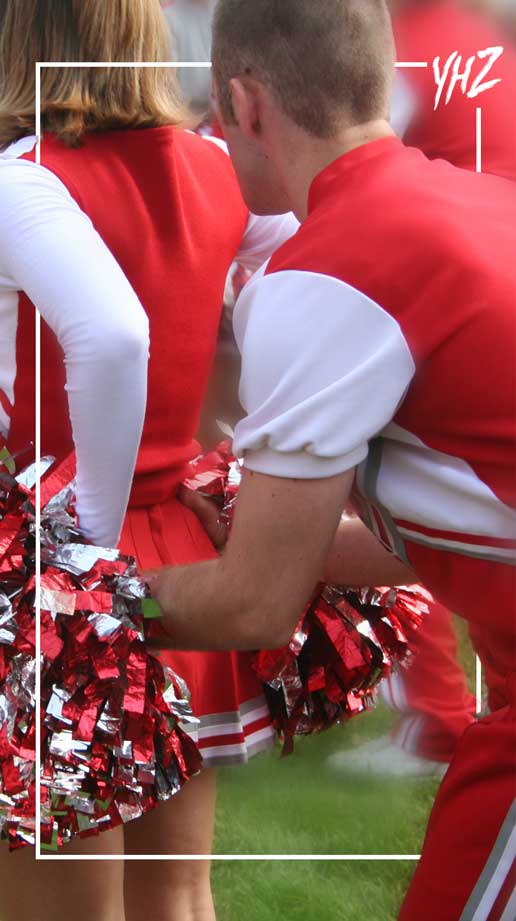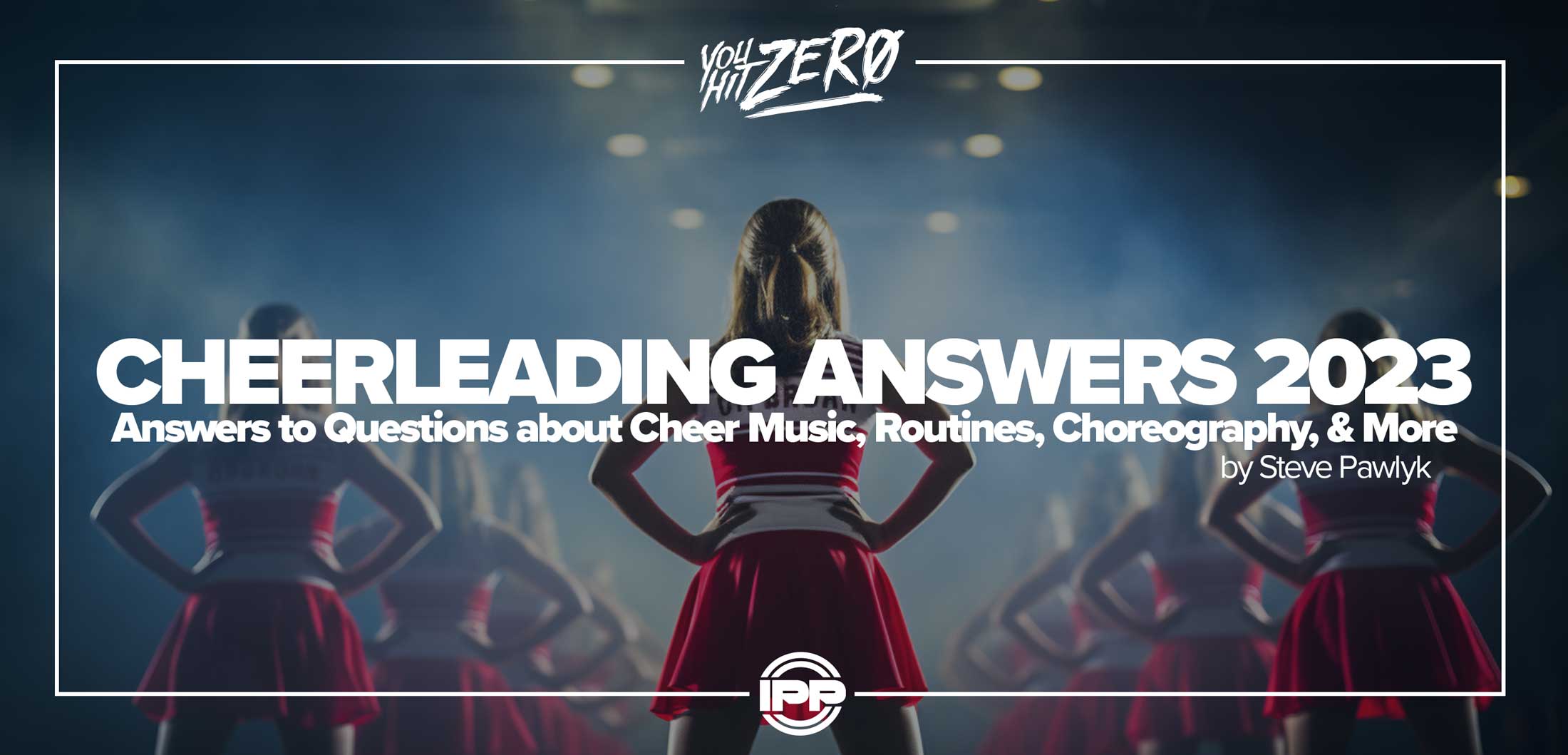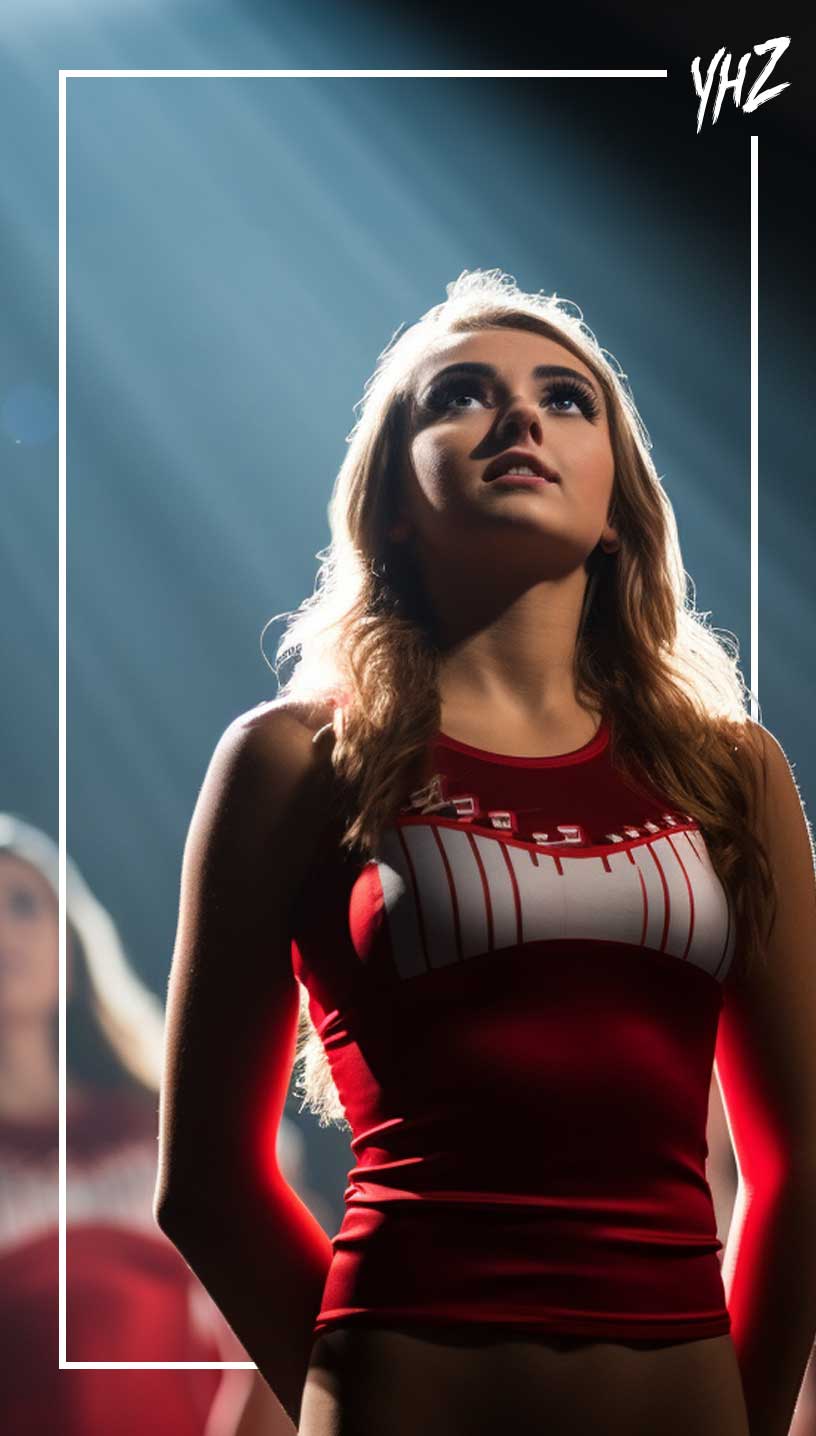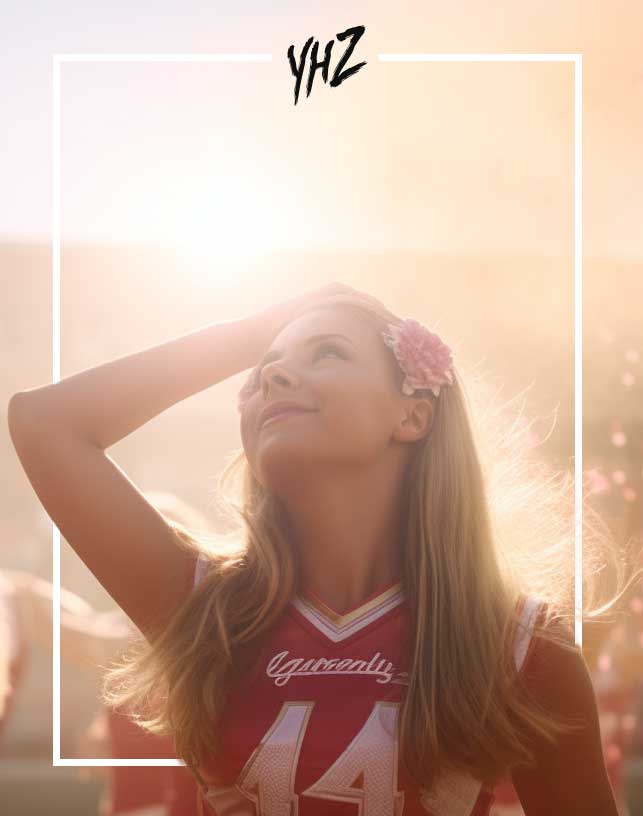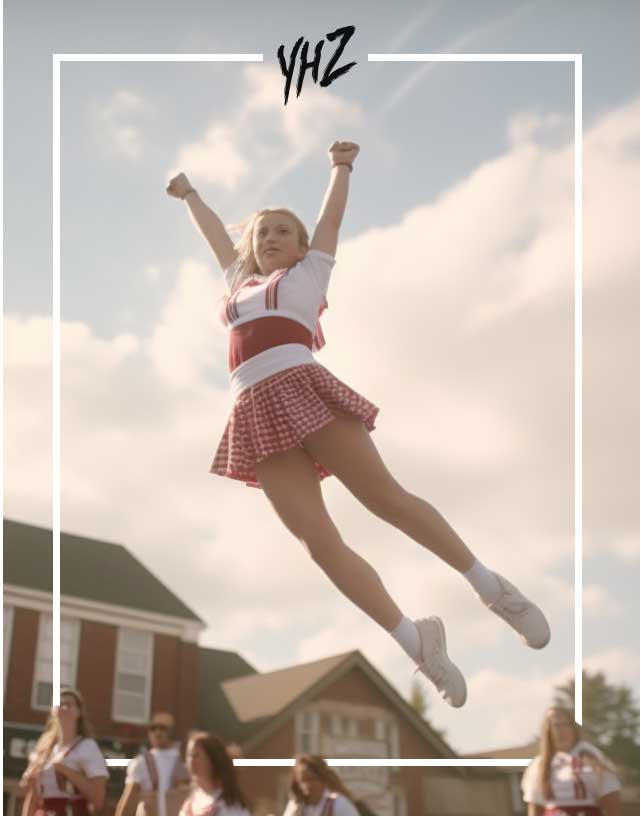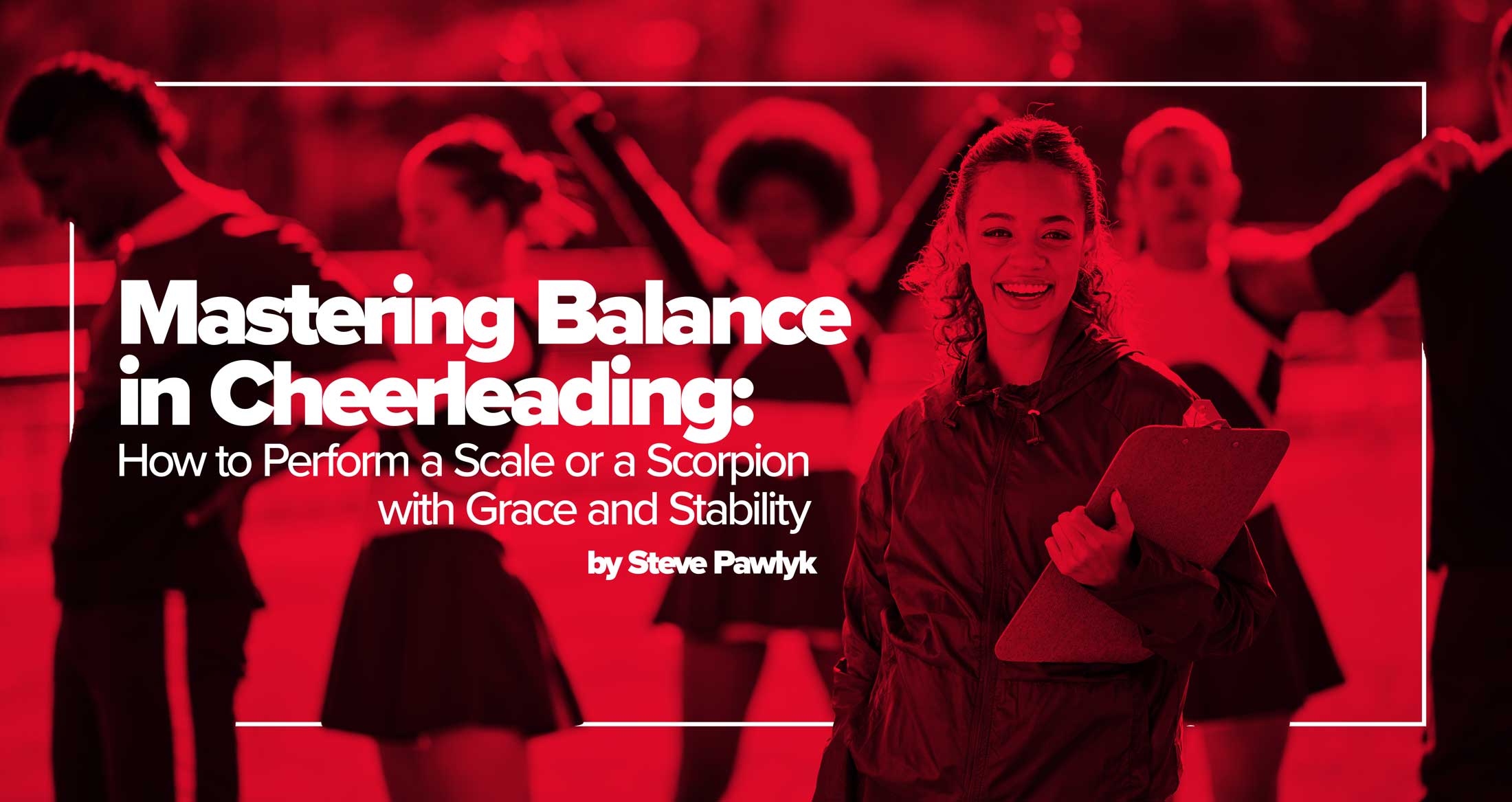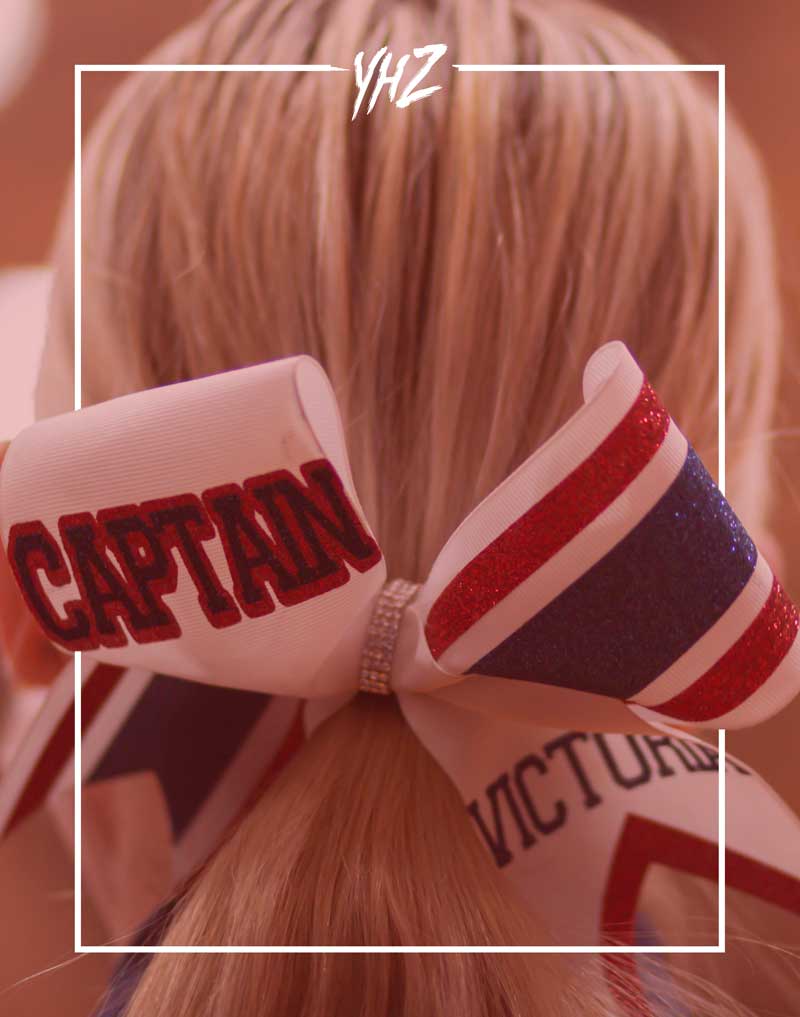By Steve Pawlyk
Published April 9, 2024
A question from an athlete in the r/cheerleading subreddit caught my eye, and I thought it presented a perfect opportunity to discuss this.
OP is facing challenges with their basket tosses, specifically dealing with the added power from their bases, which is affecting their form and landings. Let’s break this down and turn those tosses from daunting to dynamic!
How to do a basket toss in Cheer
Understanding the Dynamics of a Powerful Basket Toss
First off, a powerful basket toss isn’t just about height. It’s about control, timing, and technique. When your bases are strong, and they “chuck” you up with all they’ve got, it’s crucial to match that power with the right technique.
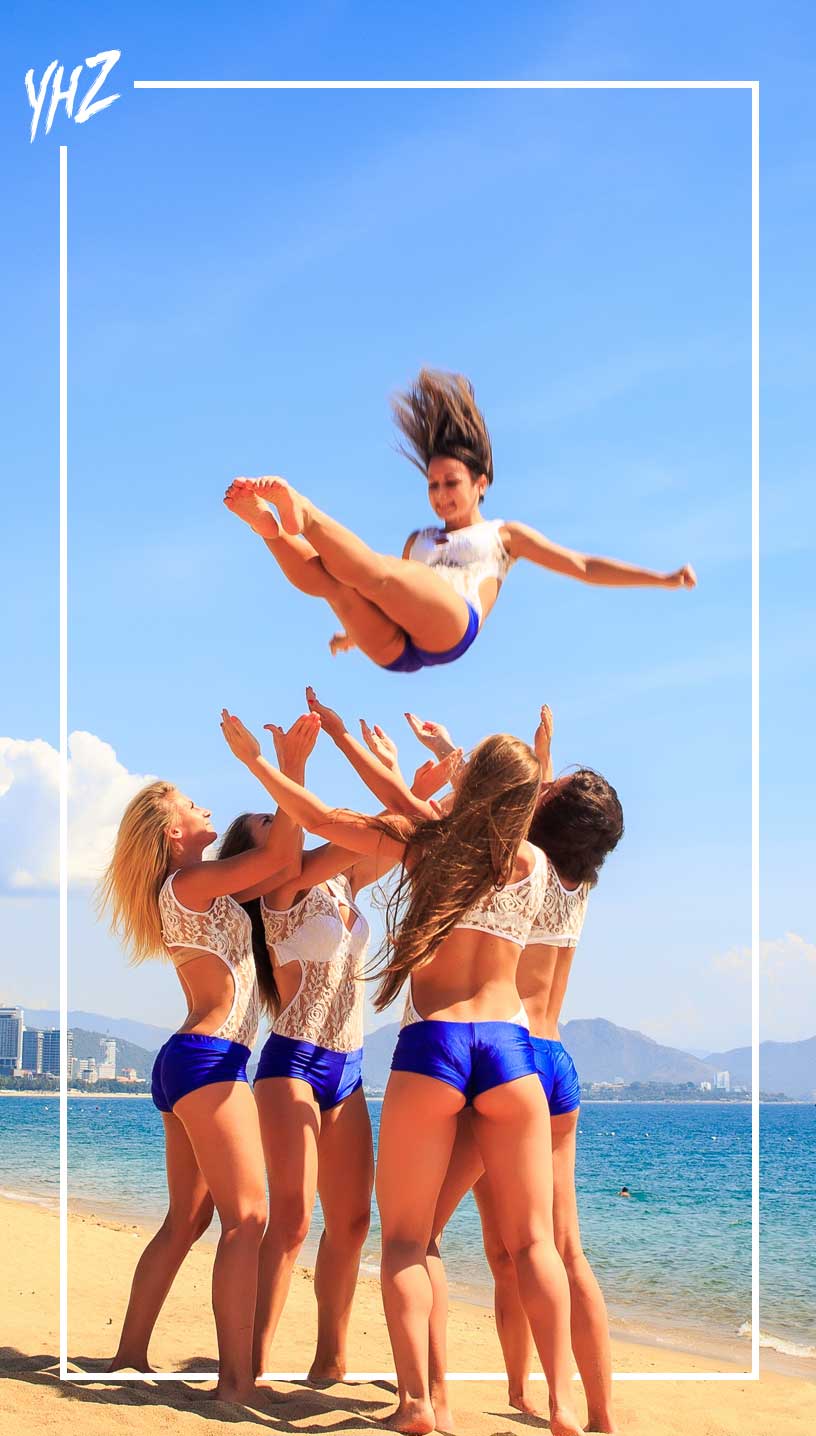
The Lift Off: Sync and Stability
Your initial position and how you leave the bases’ hands play a massive role. Ensure your feet are firmly together, and your body is tight. The power comes from your legs just as much as from your bases. Push off with your legs to aid that upward momentum. This doesn’t just help you go higher; it gives you more control.
The Ride: Finding Your Peak
Riding your basket refers to how you position yourself in the air. The goal? A controlled, tight, and peak position. Here’s where timing comes into play. You want to stand up quickly, yes, but smoothly. Too fast, and you might unsettle your balance. Too slow, and you won’t utilize the full power of the toss. Find that sweet spot where you extend fully at the right moment, maximizing your height and control.
The Tuck and Twist: Precision in the Air
For those intricate basket tosses involving a tuck, twist, or any other element, your core is your best friend. Engaging your core throughout the toss will keep you stable and allow you to execute your skills with precision. Remember, it’s not just about the height; it’s about what you do with it.
The Descent: Controlled and Confident
Coming down can be the most intimidating part, especially with the added power. Your instincts might tell you to rush into your landing position, but resist that. Start preparing for your landing as you start descending, but keep your body tight and controlled. Bend your knees upon landing to absorb the shock, and trust your bases to catch you securely.
Troubleshooting Common Issues
- Feet slipping out? Focus on your foot placement at the start. Keep them pressed firmly together, and as you’re tossed, think about pointing your toes upward slightly. This small adjustment can prevent slipping.
- Landing in a pike? This usually means you’re rushing your stand-up phase. Focus on extending fully at the top before preparing for the descent.
- Overwhelmed by the power? Practice with your bases to find the right timing. It might also help to do strength training, focusing on your core and legs, to better handle and use the power to your advantage.
Final Thoughts
Like any skill in cheerleading, mastering the basket toss takes practice, patience, and trust in your team. Each toss is a team effort – from the bases and backspot to the flyer. Communication is key. Talk to your bases about what you’re feeling and work together to make those adjustments.

IPP's Premade Mixes are USA Cheer Compliant and customizable! Add Sound FX, swap songs, & more! Add your Team Name to the mix for only $10!

